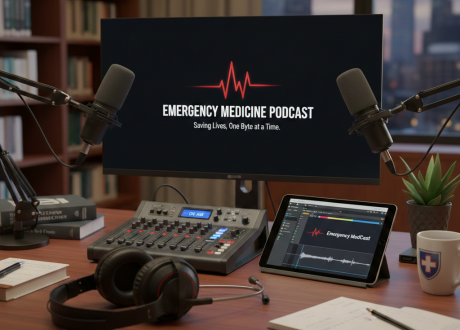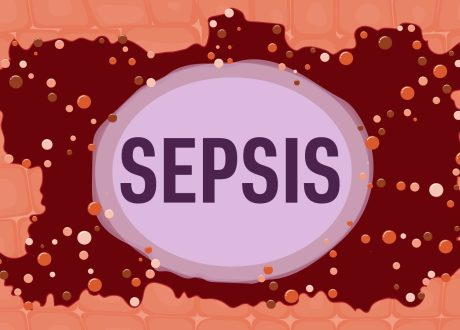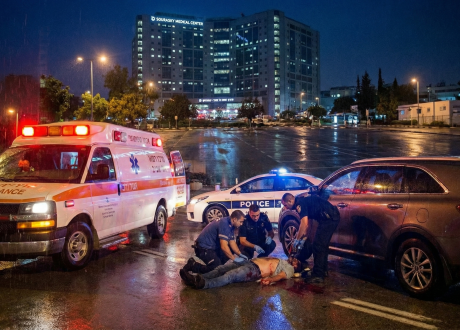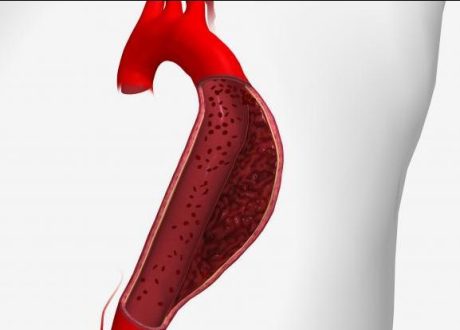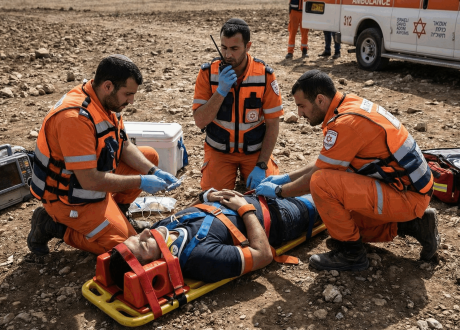Daniel Trotzky1,2*, Idit Segal1,2, Ronit Koren3, Orna Tal1,2, Gal Pachys4, Galina Goltzman5, Karen Or5, Margarita Alpro4,
Ronit Zaidenstein3, Maayan Bachar3, Baruch Berzon3, Roni Enten Vissoker6, Inbar Hartmann7, Miri Avraham8,
Vered Shinar9, Ada Azar10 and Osnat Levtzion Korach1
Background On October 7, 2023, Hamas carried out an unprecedented attack on the State of Israel and kidnapped 251 people into captivity to the Gaza Strip. Several months later, as part of a humanitarian exchange deal, 105 hostages were released in five phases and admitted to one of six hospitals throughout the country for treatment. Shamir Medical Center (SMC) was one of these facilities. This study aims to describe the structure, process and outcomes of establishing a comprehensive, multi-step, operational protocol for receiving hostages returning from captivity. Method The process of preparing SMC as a receiving center, the establishment of procedures for implementation of the medical protocol, and the assessment of multi-disciplinary team preparedness and implementation and outcomes in an institutional protocol are described. Results 24 returning hostages were received at SMC. Social workers, dietitians and translators were used by 100% of the majority group of returning hostages from the same country of origin and the sole individual from the other country of origin utilized a dietitian, social worker, ENT consultations, and a hearing test. Among the majority group, orthopedic and dermatological consultations were utilized by 17.4% and 13% received an ENT consultation. Of the administered imaging, 13% received a chest X-ray, 8.7% received a limb X-ray, 17.4% received a head CT scan, and 4.3% received an abdominal CT. In addition, 21.7% were provided antibiotic therapy. Protocol efficacy was measured by assessing time to various operational aspects of protocol implementation and medical procedures such as mean hours to room assignment, primary physician evaluation and social worker session. No correlation between age and operational variables was found. Conclusion This novel operational protocol was successfully implemented and may serve as a framework for managing similar unpredictable sensitive events in the case of future need.



